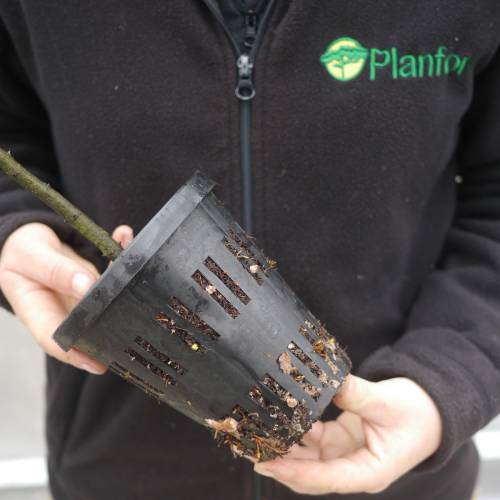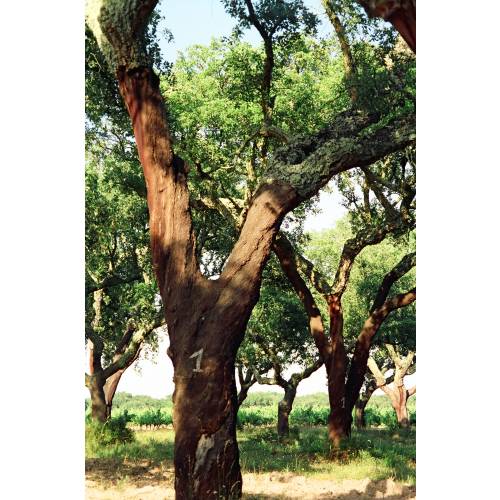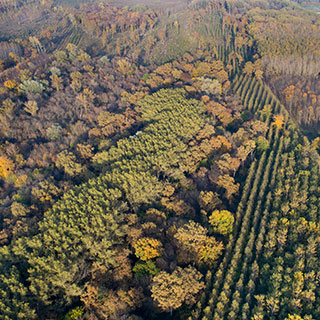
Plants
Oak, cork / Quercus suber
-
72.28 € Cork oak - Quercus suber
1033T - Available
-
67.08 € Cork oak - Quercus suber
1033t - Available
-
67.08 € Cork oak - Quercus suber
1033M1 - Available
-
62.35 € Cork oak - Quercus suber
1033M2 - Available
-
61.88 € Cork oak - Quercus suber
1033M3 - Available
-
57.15 € Cork oak - Quercus suber
1033M4 - Available
-
18.20 € Cork oak - Quercus suber
1033V - Available
-
17.63 € Cork oak - Quercus suber
1033w - Available
-
16.59 € Cork oak - Quercus suber
1033W - Available
-
15.55 € Cork oak - Quercus suber
1033m - Available
-
14.51 € Cork oak - Quercus suber
1033m1 - Available
-
14.04 € Cork oak - Quercus suber
1033X - Available
-
13.47 € Cork oak - Quercus suber
1033x - Available
-
12.43 € Cork oak - Quercus suber
1033Y - Available
-
11.91 € Cork oak - Quercus suber
1033y - Available
-
11.39 € Cork oak - Quercus suber
1033yB - Available
-
5.72 € Cork oak - Quercus suber
1033NC - Available
-
5.15 € Cork oak - Quercus suber
1033ND - Available
-
4.40 € Oferta Especial - 20%
1033NX - Available
-
4.11 € Cork oak - Quercus suber
1033NE - Available
-
3.07 € Cork oak - Quercus suber
1034JE - Available
-
2.55 € Cork oak - Quercus suber
1034JF - Available
-
1.82 € Cork oak - Quercus suber
1034JG - Available
-
0.40 € FERTILISER
1033A - Available
-
Area of origin: Western Mediterranean.
Adult Dimensions: Height up to 20 m, with up to 20 m (65,6').
Foliage: Evergreen, renewed each year a portion of its foliage.
Soil Type: Well drained and aerated. Dislikes lime.
Hardiness: Fairly hardy but doesn’t like very bad winters. Hardy to -16°C.
Exposure: Full sun.
Properties and uses:
This beautiful tree is best known for it’s bark of cork. In France, it is not unusual to find it growing naturally within the Landaise forests or in the area around Perpignan. This tree can be planted alone or in a group. The procedure for removing the bark is called “démasclage”. The bark provides a good resistance to fire.
Plant, or reforest Cork Oak, Quercus suber – Foresters Guide
1) The Cork Oak (Robinia pseudo-acacia) is it suitable for my land? The Cork Oak asks for a lot of light and warmth and doesn’t like cold at all. It grows on warm acidic soils which are not too shallow. It does not tolerate chalky soils.
2) Which planting density for my Cork Oak plot? (Quercus suber)
The planting density is the number of plants planted in one hectare (acre). Here it means determining the initial number of young plants and to choosing their repartition in the available space.
The planting density is defined by the gaps in between the lines as well as the spacing in between each plant on a same line.
It is the basics of the silvicultural path which must lead to a final trees’ population of quality and to the fulfilment of the land’s owner set goals.
Advice: When choosing the density, think about the width of the tool which will allow the maintenance of the gaps in between the lines. The space in between the lines must allow clear passage for a tractor-drawn, maintenance tool.
For the Cork Oak (Quercus Suber):
- For a harmonious Cork Oak forest, the density required is of 650 plants/hectare.
3) How to prepare the soil to plant Cork Oak (Quercus suber)?
In Silviculture, working the soil is a key element in the success of planting. The root system of the tree must take rapidly where planted. Whether the work is done mechanically or manually, we recommend working the soil in its depth for optimum planting.
4) How to plant the Cork Oak (Quercus suber)?
a- Receipt, storage and preparation of the plants before planting
- Upon receipt, place the crates side by side, on a flat surface so as there is no air circulation underneath. Choose a shady spot protected from wind;
- Maintain a good humidity level of the plants on the crates placed on the edges,
- Plan for the possibility of watering if planting is delayed or if the plants require water,
- In case of frost, do not handle the plants and if frost is forecasted for several days, place mulch on the edges.
b- Planting
Our team of professional planters use a planting cane to place the earth-balled plants in situ. This ergonomic, light tool allows quality, quicker planting work. It is also possible to carry out a traditional planting work using a pickaxe or a spade
In all case, you must:
- Dig a hole a little bit larger than the earth-ball ;
- Position it well in the hole;
- Cover it entirely;
Finally, the worker will tamp down the soil carefully with its foot. It is forbidden to press strongly or again to heel-butt the plant to avoid crushing the earth-ball and damage the root system of the plant.
Video on planting using a planting cane
Buy Planting cane
5) How to limit weeds on my Cork Oak plot (Quercus suber) ?
During the first years, it is essential to eliminate all self-propagating plants. Not controlled they are going to be in competition with your plants and are going to deprive the young trees of the vital elements they require to grow (water, light and nutritional elements). You must therefore eliminate mechanically this unwanted competition until the trees are big enough to be able to dominate it.
Two types of operations are possible after planting:
Manual clearing around the plants
It is in fact acts often carried out using portable thermic Strimmers or billhooks to clear plants on a line or around the plants themselves.
Mechanical clearing of the space in between the lines
These actions are done using cutters and flail mowers, horizontal or vertical cutters, mounted on mini excavators or tractors. As a result, they cannot be undertaken outside the spaces available between the tree lines (seedlings or plants).
6) How to protect my young False Acacia plants from wildlife (Quercus suber) ?
There is a necessity to protect the plot as soon as the population’s density of Cervidae (deer and roe deer in particular) risk leading to significant damage such as undergrowth of the plants or friction of the stems. Sometimes, the setting up of plants’ protection is also necessary as soon as the rodents’ population (rabbits, hares, coypu, voles...) are locally important.
3 types of protections are possible:
- Individual, mechanical Protections ( dissuasive netting, photo-degradable tubes,...)
- Protection by total wire-fencing of the plot,
- Protection by applying a repellent on each plant or on the borders of the plot.
Catalogue Protections against Game


























